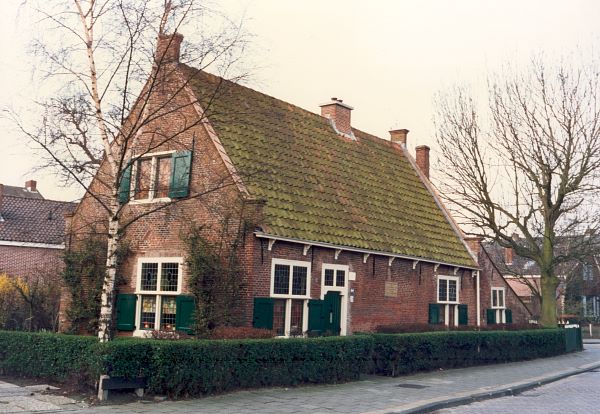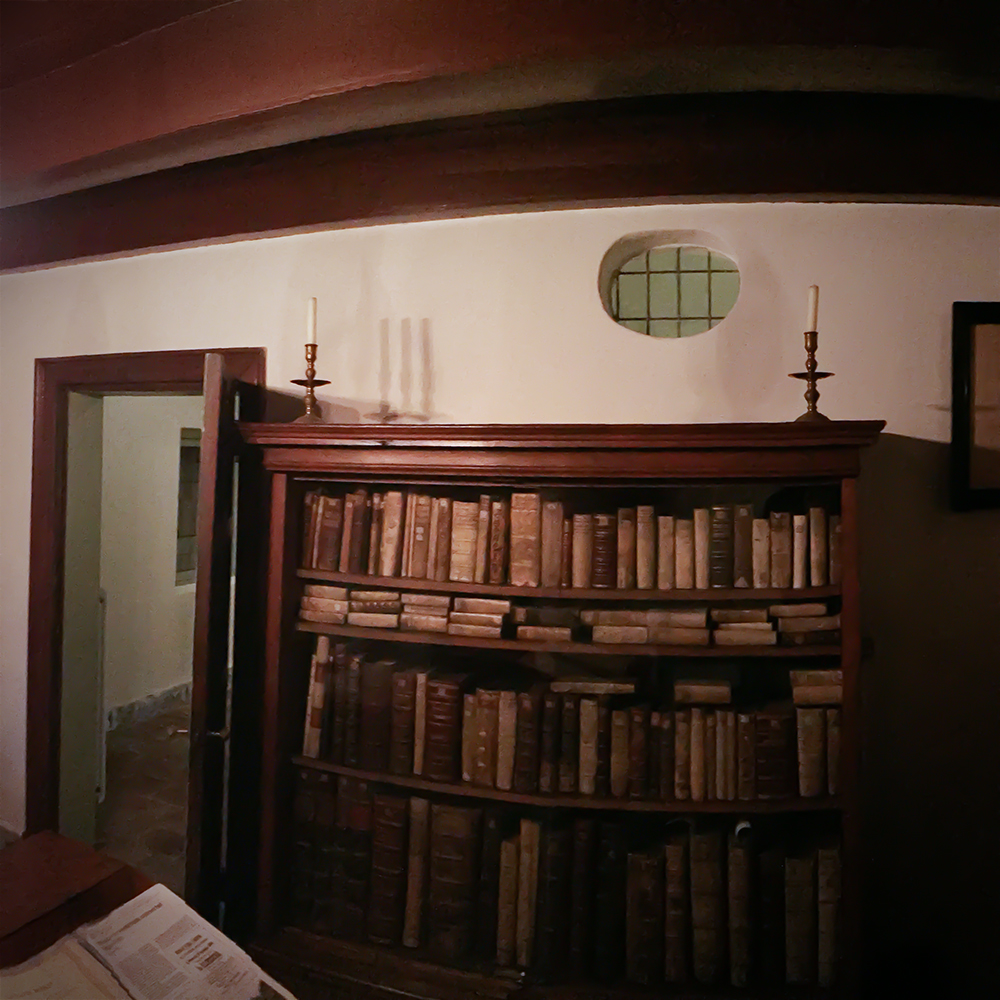- Address
- Spinozalaan 29
- City
- Rijnsburg
- Country
- Netherlands
- Latitude
- 52.19146290
- Longitude
- 4.43714960
Spinoza resided in Rijnsburg from [29 July 1661] to late April/July 1663. He rented rooms in a small domestic dwelling owned by a surgeon called Herman Dircksz Homan (Katwijkerlaantje, also known as Kwakkellaantje or Paradijslaantje, nowadays Spinozalaan 29). The house where Spinoza lived for almost two years is located at a piece of land that in the mid-1660s was commonly known in the Rijnsburg community as ‘Vrouwen Venne’. Far away from his old life, his siblings, relatives and trusted friends in Amsterdam, Spinoza began studying the New Philosophy that examined the regular, mechanistic operations of the physical universe which stood fully apart from supernatural influences or providence as taught by the Bible. It is in this timeframe that he stepped into the world of science.
In Rijnsburg, Spinoza got in touch (early 1663) with a young student from Leiden, Johannes Casearius, whom he taught selections from Part 2 and 3 of Descartes’s ‘Principles of Philosophy’. These private lessons would ultimately lead up to the publication in early August 1663 of Spinoza’s first book, the geometrically demonstrated semi-Cartesian exposition Renati Des Cartes Principiorum Philosophiae Pars I et II. Perhaps, by July 1662, he had already finished a rough draft of the Cogitata metaphysica, comprising his own analytic metaphysical tenets annexed to the book on the properties of goodness and badness. Presumably, he also allowed the Amsterdam reading group, headed by the pivot figure Simon Joosten de Vries, to study the fruits of his Rijnsburg teachings and writings.
Spinoza's reputation soon sprang to prominence in Leiden and he was in contact with people in and around the university. Men like Adriaan Koerbagh, Lodewijk Meyer, Theodorus Kerckring and Burchard de Volder were all students when Spinoza lived in Rijnsburg. In that period, Spinoza also met Niels Stensen, who began studying medicine at the university in late July 1660. Spinoza and Stensen shared a mutual interest in Cartesian philosophy and in human anatomy. Presumably, their mutual contacts were decisive for the intellectual development of both young adults. However, many years later, Stensen, by then a zealous Catholic convert, would hand in a rigid denunciation of Spinoza to the Roman Holy Office of the Inquisition (4 September 1677).
Spinoza even exercized a noticeable attraction on international scientists. In terms of immediate influence, a visit to Rijnsburg by the German scholar and expert networker Henry Oldenburg had a major impact on him. Oldenburg eagerly entered into a lively ‘philosophical’ exchange with Spinoza which he started on 26 August 1661. Their long-lasting friendship by correspondence ranged from short messages and letters to lengthy accounts and scientific reports from the private to the public, including enclosures with sketches, drafts and printed material. They exchanged at least a total of thirty-four letters. Through the intermediary of Oldenburg, Spinoza relayed continental news on the latest scientific achievements and publications, on politics and on daily life. He also (indirectly) communicated through Oldenburg with prominent British intellectuals, for example the multitalented Oxford naturalist and mechanical philosopher Robert Boyle.
Spinoza’s residence in Rijnsburg still stands today and is commonly referred to as the ‘Spinozahuis’. It was opened as a museum in 1899, and is owned by the ‘Vereniging Het Spinozahuis’.

